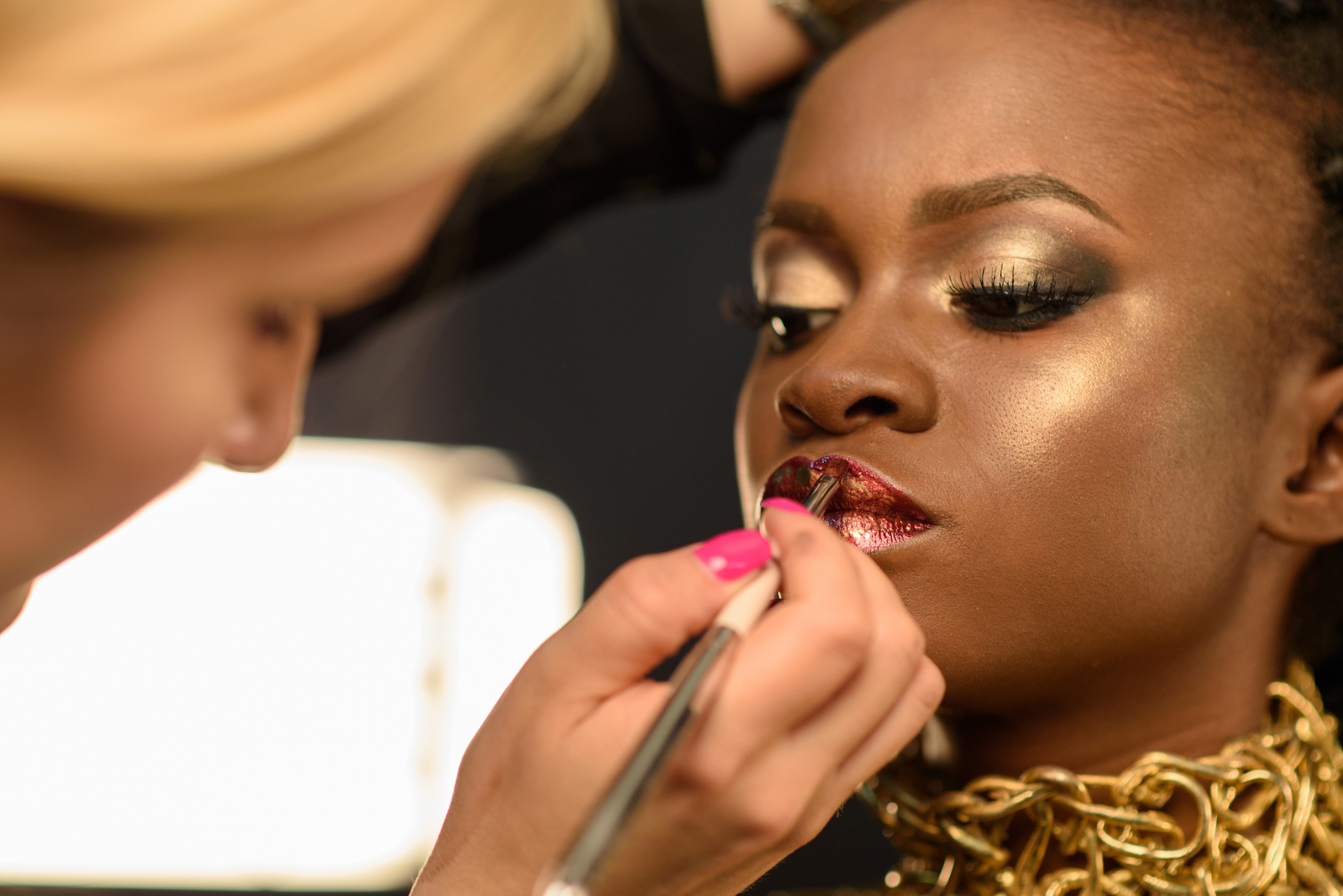
Women of color more at risk of health hazards of beauty products
New research published in the American Journal of Obstetrics and Gynecology finds that even small exposures to some of the toxic chemicals in today’s beauty products can cause health problems – and this issue disproportionately affects women of color.
The beauty product industry is estimated to bring in roughly $400 billion globally. A lot of this money comes from black, Latina, and Asian-American women, who spend more on beauty products than the national average.
“Pressure to meet Western standards of beauty means Black, Latina and Asian American women are using more beauty products and thus are exposed to higher levels of chemicals known to be harmful to health,” says Ami Zota, an assistant professor of environmental and occupational health at George Washington University. “Beauty product use is a critical but underappreciated source of reproductive harm and environmental injustice.”
The authors point out that marketing practices often emphasize a “European standard of beauty.” Women of color may buy products such as skin lightening face cream, which can contain ingredients like topical steroids or even mercury. Black women are also more likely to suffer anxiety about having “bad hair,” and are twice as likely to experience social pressure to straighten their hair. According to this study, hair products like relaxers or straighteners sometimes contain estrogen, which can trigger premature reproductive development in young girls and possibly lead to uterine tumors.
Low-income women of color are also more likely to live in an area with high levels of pollutants that contaminate the air, soil, and water. So they are not only more likely to be exposed to more toxic chemicals on their skin and hair, but in their environment as well.
“For women who live in already polluted neighborhoods, beauty product chemicals may add to their overall burden of exposures to toxic chemicals,” says Bhavna Shamasunder, an assistant professor at Occidental College. “Certain racial/ethnic groups may be systematically and disproportionately exposed to chemicals in beauty products since factors such as institutionalized racism can influence product use.”
All of these increased risks can add up to become detrimental in healthy reproduction and development. The authors’ commentary suggests that health professionals can aid these at-risk groups by counseling their patients on the detriments of exposure to hidden chemicals in beauty products.
—
By Connor Ertz, Earth.com Staff Writer













